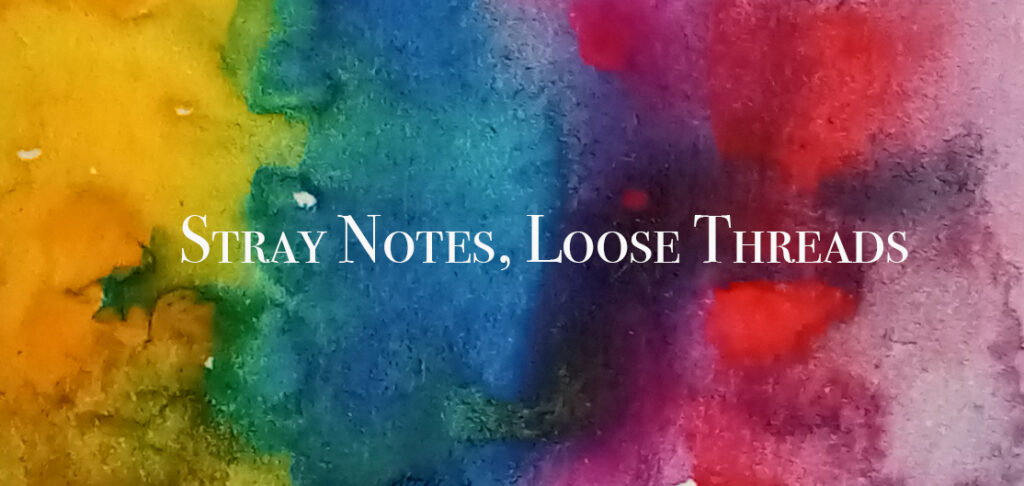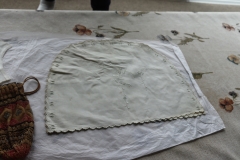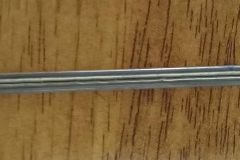Isn’t it surprising what turns up in unexpected corners of the world? This week an invitation to visit a friend with a collection turned out to be unexpectedly fun!
The small town of Hokitika is just down the road from Greymouth Mawhera and is surrounded by farmland. It also has some spectacular scenic drives, being overlooked by Ka Tiritiri o te Moana/ The Southern Alps with their snow-covered slopes and spilling clouds, and with lots of native bush lining the roads. (If you would like to see what a typical West Coast gravel road looks like, the YouTube video below is of the Old Christchurch road that goes between Hokitika and the main road that goes to Arthur’s Pass and onwards to Otautahi Christchurch.)
The views from another, tarred road that winds up and down hills and through valleys is across the flat land that edges the ocean and onto the sea. It is up here that my friend lives. On a sunny day I went along to see her textile collection, accompanied by another friend who had made the initial introduction. What a collection it proved to be.
From memory, the pieces came from a relation in England who had presented them to their current owner. Along with instruments, fabrics and garments, some dating back to the 19th Century, are more modern pieces, and a collection of photographs of the family, some of which may feature the very things that are in the collection. As a record of the manufacture of garments in the 19th and early 20th Century it is a very good and useful resource and we spent a happy few hours going through some of the collection. Along the way we discovered Aunty Mary’s bloomers and some rather unflattering underwear, but also some exquisitely delicate blouses, skirts and dresses. Two enormous shawls, one Paisley, are also in the collection and a spectacular outfit of a quilted underskirt in silk with accessories.
Pieces like this tell us so much about the history of making the things that clothe us and decorate our homes and buildings. The smallest of pin tucks on the garments show how much care was taken in the production of the dresses and gowns, and folds to add weight to delicate fabrics, facilitating their drape and movement, point to the engineering that such items require.
Two items were a puzzle. One was of a matching pair of half circles with small edged holes along the curved edges. This proved to be a tea cosy that would have had a ribbon threaded through the holes and drawn tight over a felt underlay to keep the pot hot. The other is a couple of small tubes joined together along their length with blue glass half-balls at each end. These can be removed from the tubes revealing a bent crescent of strong wire with sharpened ends, the blue half-ball crowning the top of the curve. It is a Mystery Object. Was it used for pleating or gathering fabric? One of the pieces of cloth in the collection has identical small holes evenly spaced in the exact dimensions of the pins ends. Could the pins have anchored one end of cloth, the tubes been a way to hold down pleats and the other pin used to secure the end of the pleating? Or is there a more obvious answer? Please let us know, either in the comments section below or by email, if you have seen one of these before and know what it is used for. You can see both the tea cosy and the mystery object below.
The present owner of the collection would like it to be used or at least seen. Ideas for displaying and preserving the collection are very welcome and they will be passed on. Ideas can be sent in on the comments section or, as before, by email.
There is plenty more to see and explore in this fascinating collection. Thank you for the opportunity to learn more and to see and touch these precious pieces of history.













Leave a Reply